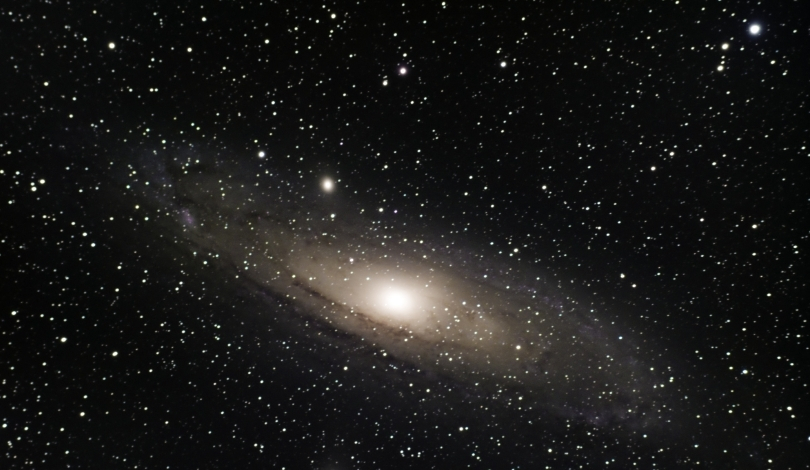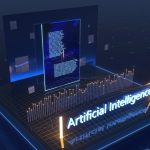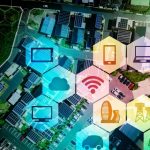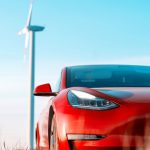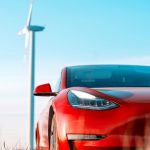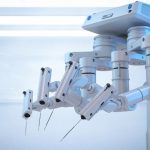Advancements in space telescope technology have opened new avenues for studying distant planets. By utilizing both the Hubble Space Telescope and the New Horizons spacecraft, scientists have embarked on a mission to capture simultaneous images of Uranus. This collaborative effort not only enhances our understanding of Uranus but also serves as a crucial step in refining techniques to observe exoplanets orbiting other stars.
While previous missions have provided valuable insights into Uranus, this joint observation offers a unique perspective by combining data from two distinct platforms. The integration of these observations allows researchers to cross-validate findings and develop more accurate models for interpreting the light received from distant worlds. Such comparative studies are essential for advancing the field of exoplanetary science.
How Do the Hubble and New Horizons Observations Complement Each Other?
The Hubble Space Telescope, positioned 2.7 billion kilometers from Uranus, captured detailed images of the planet’s atmosphere. Simultaneously, New Horizons, located 10.5 billion kilometers away, observed Uranus from a vantage point that revealed a crescent phase. By analyzing data from both instruments, scientists could assess how atmospheric features appear under different viewing conditions, thereby improving the accuracy of exoplanet imaging techniques.
What Insights Were Gained About Uranus’s Atmospheric Stability?
“The consistent brightness observed by both Hubble and New Horizons indicates stable cloud patterns on Uranus,”
stated a member of the research team. This stability suggests that, similar to Uranus, many gas giant exoplanets may exhibit uniform atmospheric conditions despite their rotation. Understanding these patterns is vital for predicting the climatic and weather-related phenomena on exoplanets.
How Will These Findings Impact Future Exoplanet Studies?
The discoveries from these simultaneous observations lay the groundwork for upcoming missions and telescopes, such as the Nancy Grace Roman Space Telescope set to launch in 2027. By refining imaging techniques through Uranus studies, scientists will be better equipped to directly observe and analyze exoplanets, enhancing our ability to assess their habitability and composition.
The collaboration between Hubble and New Horizons represents a strategic approach to overcoming the challenges of exoplanet imaging. By leveraging the strengths of both telescopes, researchers have made significant strides in developing methodologies that will be instrumental in future astronomical studies. These efforts not only deepen our knowledge of Uranus but also pave the way for exploring the vast array of planets beyond our solar system.

